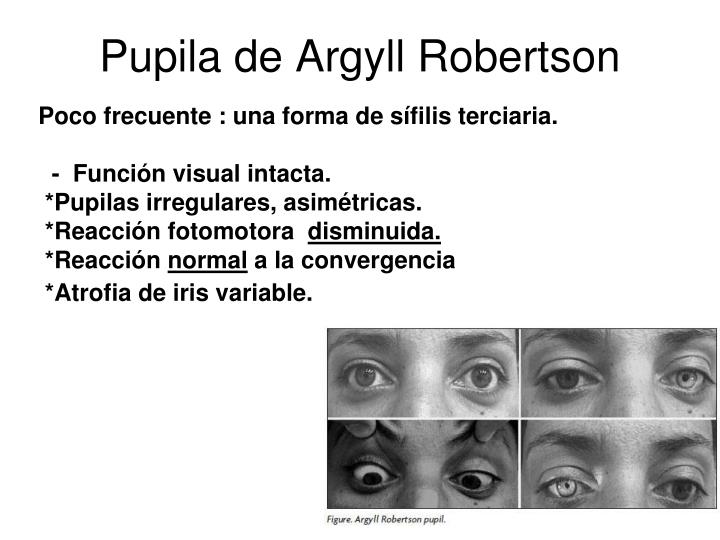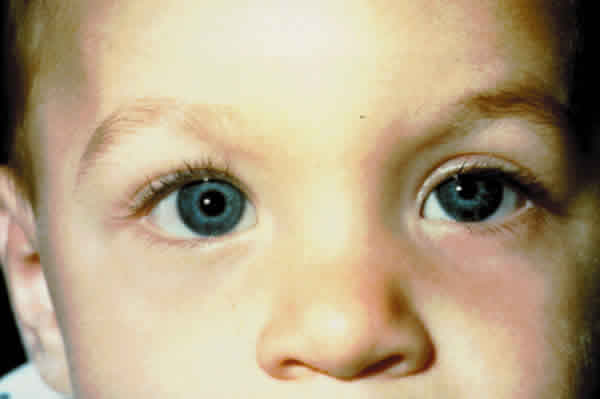
He predicted it would become “an agent that will soon rank as one of the most valuable in the ophthalmic pharmacopoeia”. Argyll Robertson instilled an extract into his own eye and made the deduction that physostigmine contracts the pupil. The first experimental use reported on the bean was by Sir Robert Christison (1797-1882), one of Argyll Robertson's teachers, who did not describe any effects of the eye but recommended its use for the humane execution of criminals. A solution of the seed extract was used by the natives for judicial execution – if the man vomited it back then he was considered innocent. The Calabar bean (Physostigma venenosum) is the seed of a leguminouis plant found in Calabar, in the eastern region of Nigeria.

In the March edition of Edinburgh Medical Journal 1863, he published an article of great importance on the Calabar bean. He was a lecturer in diseases of the eye at the Edinburgh Medical School as early as in 1862. But Argyll Robertson, who had qualified in medicine at the age of 20, had gone almost straight into this subject. The first ophthalmic surgeon on the staff of the Royal Infirmary was William Walker, who was elected in July 1855. During the 1850s, the invention of the ophthalmoscope by Hermann Ludwig Ferdinand von Helmholtz (1821-1894) in 1851, and the new operations such as iridectomy introduced by von Graefe in 1856 ensured that ophthalmology developed into a specialty of its own right. In this he was following on the work of his father who had been a lecturer in surgery at Edinburgh in the extra-mural school and had confined himself chiefly to ophthalmic surgery. He returned to Edinburgh to work as a house surgeon at the Royal Infirmary before departing for Berlin to study under the leading ophthalmologist of the day, Albrecht von Graefe (1828-1870).

Andrews, from where he graduated in 1857, the year of his father’s death. He received his early education in Edinburgh, and then studied medicine at St. Not until the beginning of this century was lues generally accepted as the definitive causes of the different manifestations from the nervous system, following the discovery by Schaudinn and Hoffmann of the treponema pallidium in 1905 and August Paul von Wassermann’s (1866-1925) serologic test in 1906.ĭouglas Moray Cooper Lamb Argyll Robertson was born in 1837 in Edinburgh, where his father, John Argyll Robertson, was a general surgeon, with a special interest in surgery of the eye. Among the more famous proponents of a luetic aetiology were Jean Alfred Fournier (1832-1915) and Sir Jonathan Hutchinson (1828-1913). The "Argyll-Robertson's pupil" soon attracted much attention and was to take a prominent position in the sometimes hateful debate going on in the latter part of the nineteenth century about a common aetiology of tabes dorsalis, paralysie générale and other cerebral lues. The combination of miosis and pupils without reaction to light while the power of contraction during accommodation was retained, however, had never before been described. Miotic, irregular pupils without reaction to light were known in singular cases of tabes dorsalis and paralysie générale since the end of the eighteenth century.

The pupils of these patients were small they did not react to light, but reacted at accommodation and were only incompletely dilated by atropine. In 1869 Argyll Robertson described the phenomenon in two articles. Douglas Moray Cooper Lamb Argyll Robertson was one of the first surgeons to specialize entirely in the field of ophthalmology and his name has been forever associated with the phenomenon he described in the pupil found in tabes dorsalis.


 0 kommentar(er)
0 kommentar(er)
